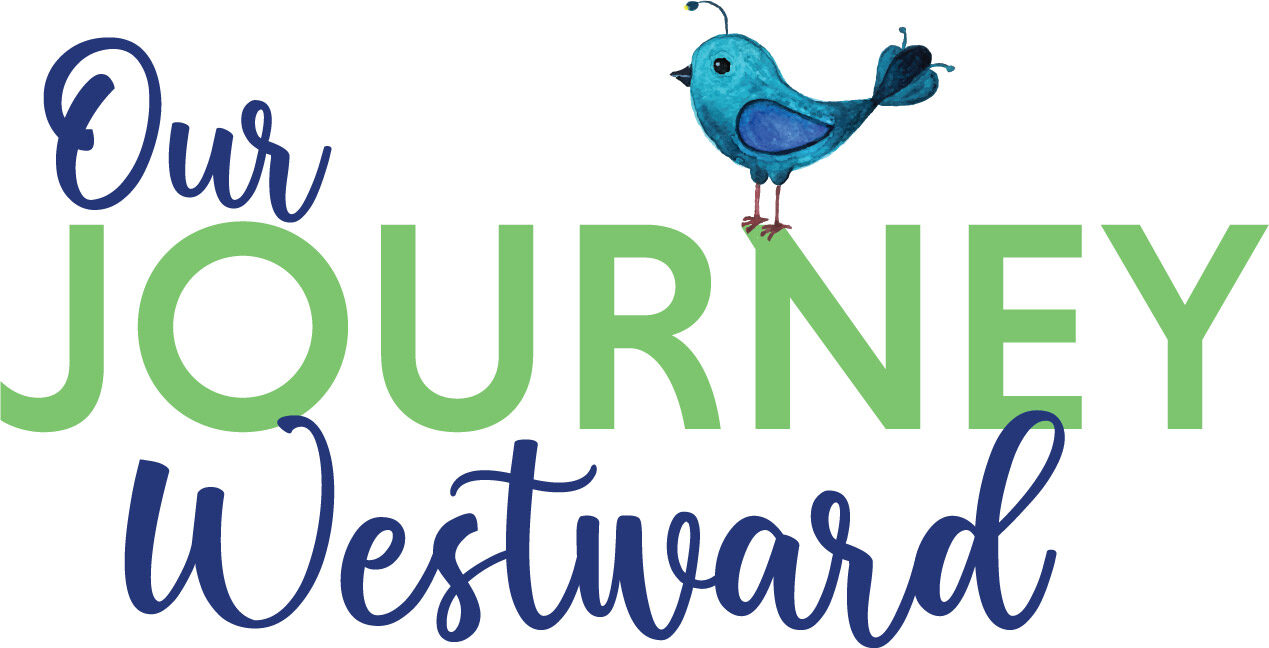Project Q & A
Here’s one more really good question that has come in regarding unit studies specifically relating to projects…
“In regards to projects and presentations, how do you gently help improve the note taking, thoroughness of information and actual presentations? I know some of this will come with practice, but I’d like to improve on these things without stifling my child’s enthusiasm.”
Yes, better projects and better presentations come with practice. But, like anything else we teach, if we let too many things slide this time around, how will our children know what to improve upon next time?
During and just after presentations, I give lots of praise. Not fake praise that simply puffs my children up, but real praise. “I love the book you chose.” “It seems like you put a lot of time into your research!” “I can tell you really thought through the use of materials for your diorama.”
It’s hard to give presentations – even in front of your own family! During a presentation, your child is making him/herself very vulnerable and immediate criticism will stifle future presentations for sure.
Usually the next day, during our normal unit time, I’ll jump into any constructive criticism that needs to be discussed about the project or presentation. Again, I’ll always start with something positive before talking about the negative. Here’s how a conversation might go…
Dad and I were very impressed with your speaking yesterday. You remembered to keep your head out of your notes and look your audience in the eye! We could hear every word you said, too, which was a big improvement over your last presentation. Let’s talk about two things that stood out to me as needing a little work next time around.
Think about your poster. You spent a lot of time researching about Teddy Roosevelt, but I could tell you didn’t spend as much time making sure your poster was neat and organized. Do you agree? What do you think went wrong? Did I not give you enough time or did you get tired of the project and rush to finish it? What are some specific things you can do next time around to improve the visual appeal of your project?
One other thing I noticed was a big gap in the information you presented about Teddy Roosevelt. You told us a lot about his life before becoming president and several fun facts about his presidency, but I felt like the important work during his time spent as president was lacking. Again, it almost seemed like you started your project with a lot of gusto, but puttered out towards the end. Why do you think the second half of the report wasn’t as thorough as the first?
Every single time I’ve taken the time to gently discuss the major problems of a project, my children have improved on those aspects in following projects!
Here’s the catch, though!! Even if you see 10 things that really need improvement, try to focus on only one or two at a time. They can only process so much, and hearing about too many things at once will seem more like tearing them down causing LESS effort next time. As you talk about one or two main issues, you may be surprised to find your children paying better attention to the other issues that you didn’t even mention anyway!
One other thought that comes to mind is the use of a rubric to give your child a basic guideline of your expectations. Basically, a rubric tells your child what you expect from the project in order to gain a specific grade or score. See sample rubrics here. You’ll have to click on a link to see the particular rubric. Scroll down a bit to the “Research Process Rubrics” – they go along well with presentations. Take some time to go through the other subjects as well, then look near the bottom to find “Creating Your Own Rubrics”.
I don’t always use rubrics. Quite honestly, they take time to create and time is of the essence around here! But, when I have taken the time to create one, my children have ALWAYS done better on their projects. They tend to reach farther if they know where the higher goal sits. Something to think about for you and me!

Wonderful again!! Thanks for sharing your thoughts!! I’m curious where you come up with different project ideas for your kids. I’m trying to come up with some different ideas for my kids, and always seem to stop at report, poster, and diarama. Any suggestions to where I could find more ideas? For example, we’re going to be working on the Renaissance in the next few weeks. I’ve been racking my brain trying to think of ideas. I need an idea book I think!
Thank you for a well-written and very helpful post. I particularly like that you included a sample conversation giving some constructive criticism to your children.
Samantha
Cindy, Thank you soooo much for your suggestions! I really appreciate them. Someone told me once to praise/critize with the ‘Oreo’ approach – to praise on either side of a negative comment. I always thought that was a good idea but it’s great to ‘see’ how you put it to practical use as it sounds like that it pretty much what you do only MUCH better! 🙂
I have just given my daughter her next project which she seems excited about. She is creating her own country with its own maps, food, clothes etc. I’m telling you this to let you know that we are finally both having fun together and learning! We look forward every day to getting to our unit. I’m sold on unit studies!! 🙂